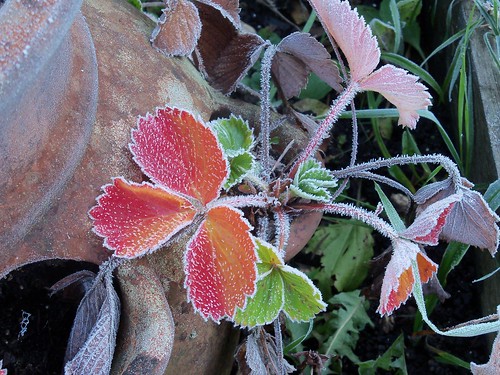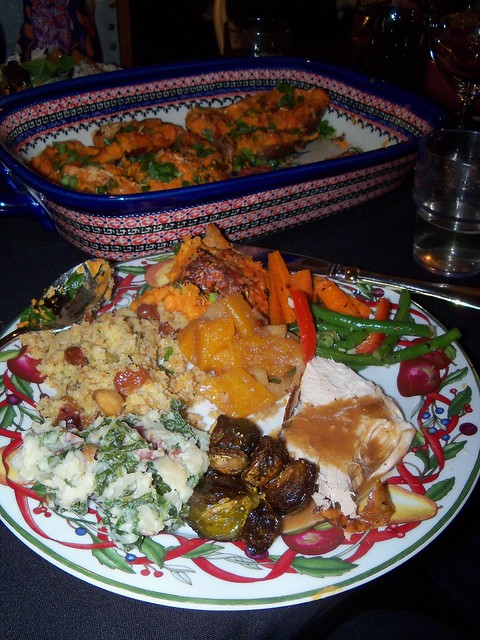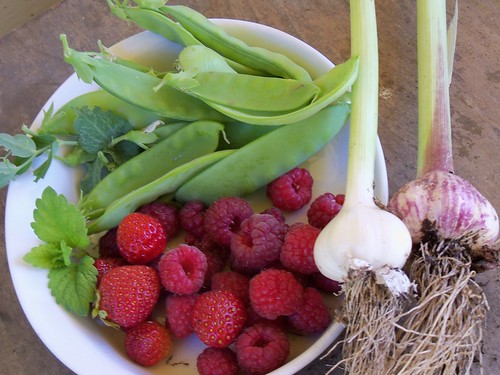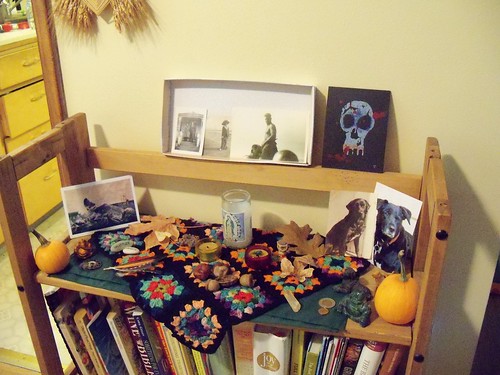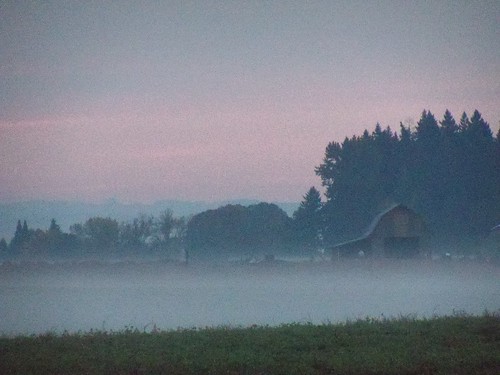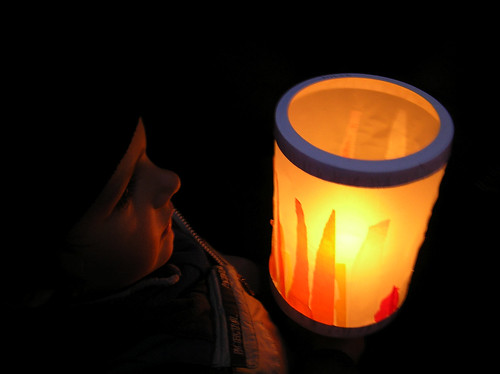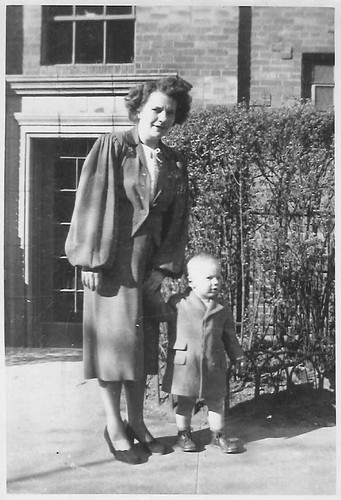**** **** **** **** **** **** ****
Lest that last post leave you worried that I am drowning in depressing and darkness....
The veil has lifted. The Birth Moon is risen!
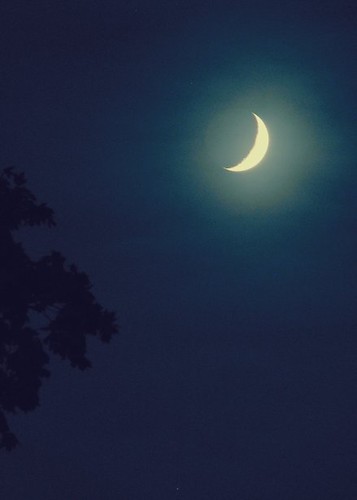
I can't tell what made the change. I finished a big writing portion of my student last week and am actually teaching now. Maybe I finally was able to hang onto the positive attitude breakthrough I've been bobbing in and out of for a few weeks. Maybe it was God showing me, through a question asked at Meeting last weekend of what would heaven look like, that really cemented the change of heart. My response was that heaven looks just like this life, only I get the unshakable, undeniable knowledge that everything that happens is part of the Divine System and really will make everyone stronger, smarter, wiser and happier. It felt like as soon as I wrote those words down the scales fell from my eyes and I really did see heaven here and now.
Yes, I'm still tired. Yes, there is tons of work and stress. But I do really, honestly feel... really know in my heart... that it is all just the work that has been set up, uniquely and purposefully, for me.
Have you ever felt this realization? How have you worked through hard periods in your life? What sooths you in times of stress the way the sight of the new crescent moon soothed me this week?
**** **** **** **** **** **** ****
** This winter was tough and I got messed up in my calendar. The moon that this post was written about -the Birth Moon - and the moon that it actually was according to Annette Hinshaw's calendar - the Death Moon - are not the same. For more on my thoughts about this, see this post. **
New Birth Moon 2008: Waiting
New Birth Moon 2009: Advent, Awaiting the Birth
New Birth Moon 2010: Winter is Dark, Yet Each Tiny Spark
New Birth Moon 2011: It's Hard
I also talked about Very Hard Things in the post Very Bad Things and Our Lady of Sorrows.

